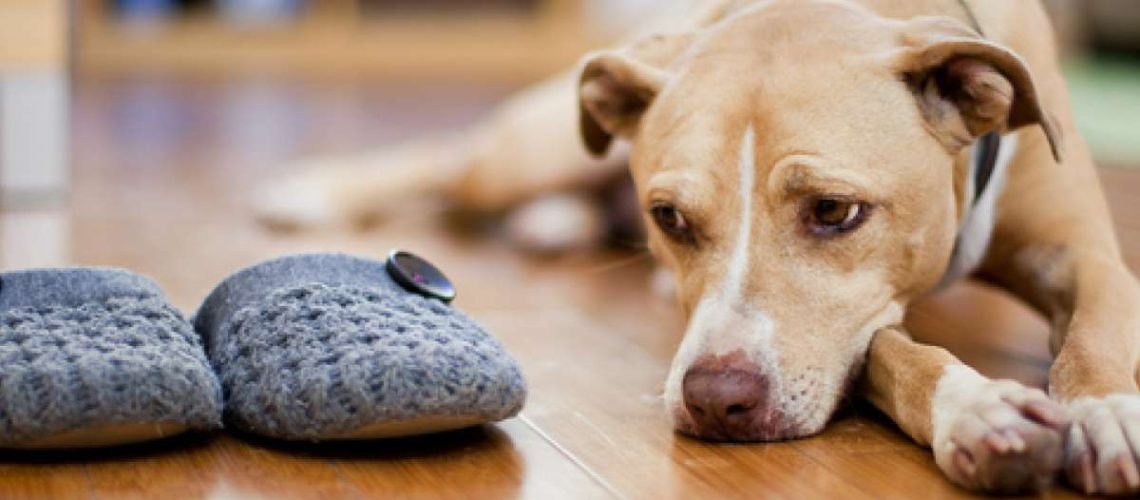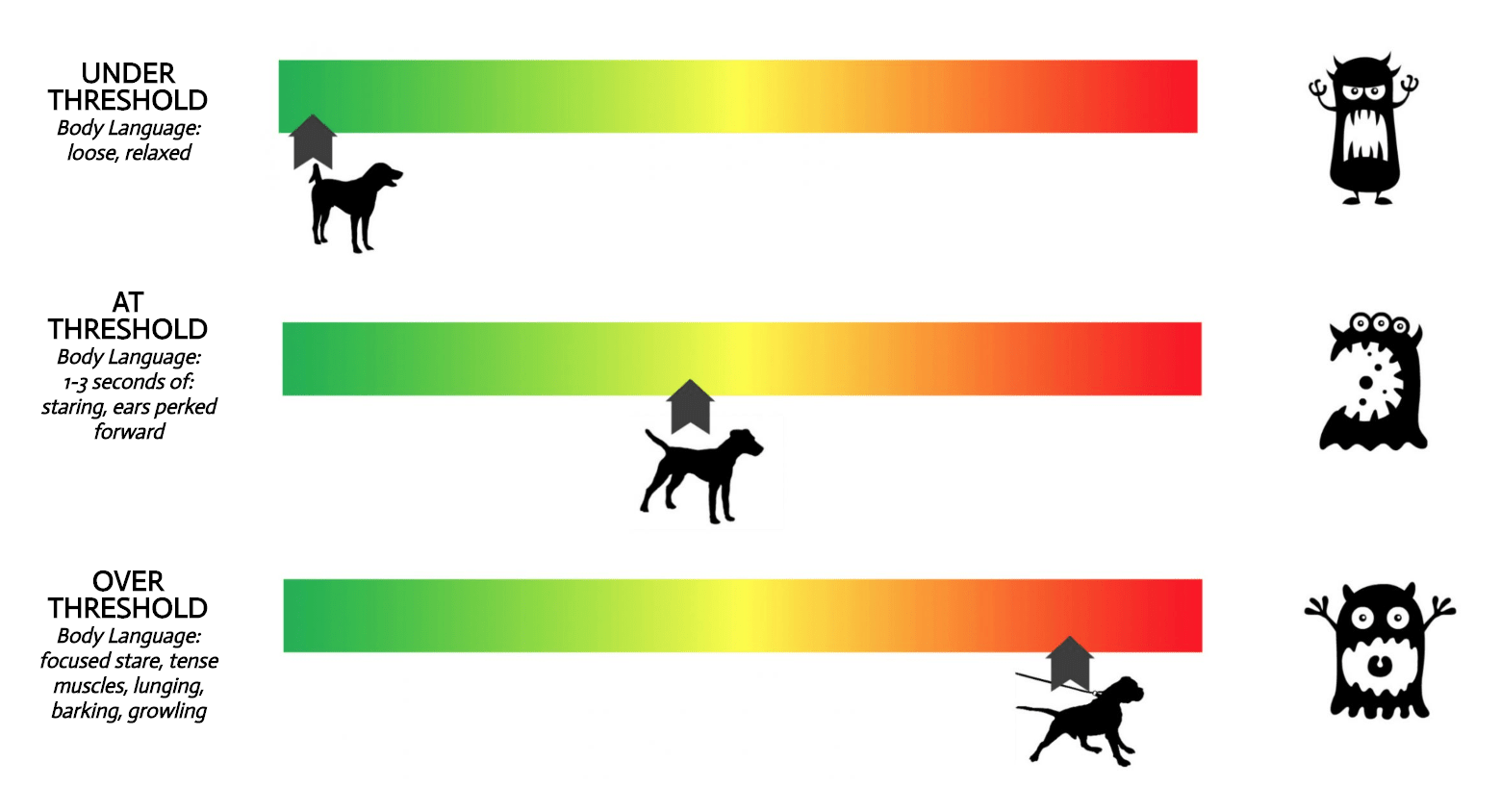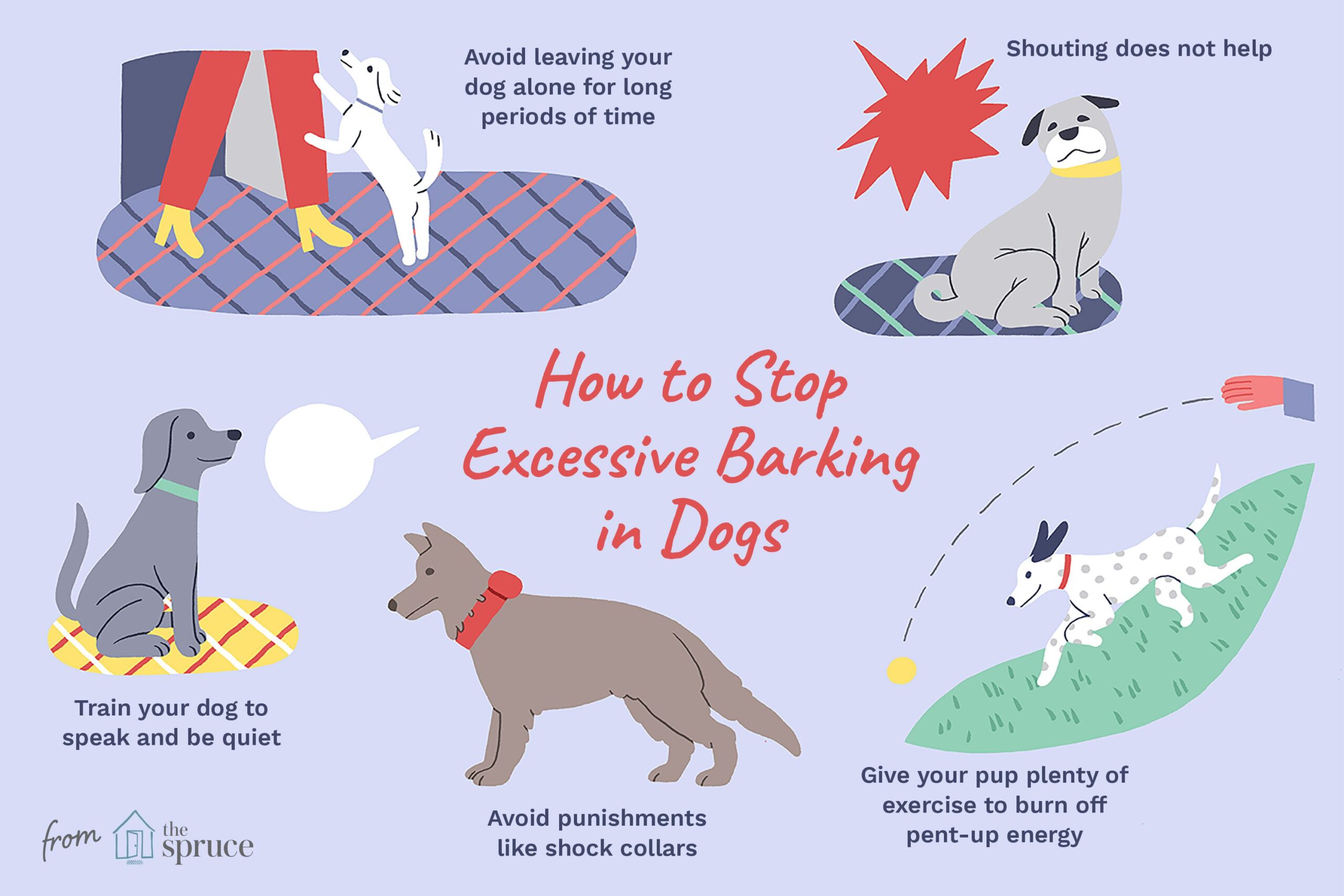Key Takeaways:
- Separation anxiety is a common behavioral problem in dogs that can cause distress for both the dog and their owners.
- Signs of separation anxiety in dogs include excessive barking, destructive behavior, house soiling, and attempts to escape or follow their owner.
- Proper training and socialization from an early age can help prevent separation anxiety in dogs.
- Gradual desensitization and counterconditioning techniques can be effective in treating separation anxiety in dogs.
- Seeking professional help from a veterinarian or animal behaviorist may be necessary for severe cases of separation anxiety in dogs.
Are you tired of coming home to find your furry friend has destroyed yet another pair of shoes? Or maybe you've noticed your dog becoming anxious and distressed when you leave the house. If so, understanding separation anxiety in dogs is essential for both their well-being and your peace of mind. By exploring this topic, you'll discover valuable insights into why dogs experience separation anxiety and learn effective strategies to help alleviate their distress. So, let's delve into the fascinating world of our canine companions' emotions and behaviors, and unlock the keys to a happier, more harmonious relationship with our four-legged friends.
Understanding Separation Anxiety in Dogs
What is separation anxiety?
Separation anxiety is a common behavior problem in dogs that occurs when they become anxious or distressed when left alone. It can be a challenging issue for both dogs and their owners. Dogs are social animals, and they form strong bonds with their human companions. When they are separated from their owners, it can cause them to feel stressed and anxious.
Why do dogs develop separation anxiety?
There isn't a single cause of separation anxiety in dogs, but there are several factors that can contribute to its development. Some possible causes include:
- Past experiences of abandonment or trauma
- Lack of proper socialization as a puppy
- Sudden changes in routine or environment
- A strong attachment to one person or family
Dogs with separation anxiety may exhibit destructive behaviors, such as chewing furniture or excessive barking. They may also engage in escape attempts, pacing, or urinating/defecating indoors. Understanding the underlying causes of separation anxiety can help dog owners find effective ways to manage and treat the condition.
Recognizing Signs of Separation Anxiety in Your Dog
How can you tell if your dog has separation anxiety?
Recognizing the signs of separation anxiety is crucial for helping your dog. Some common signs include:
- Pacing and restlessness when left alone
- Barking or howling excessively when separated from you
- Destructive behavior, such as chewing on furniture or scratching doors
- Panting excessively or drooling when you're about to leave
- Urinating or defecating indoors, even when house-trained
If you notice these behaviors consistently occurring when you leave your dog alone, it's likely that they are experiencing separation anxiety. It's important to consult with a veterinarian or professional dog trainer to confirm the diagnosis and develop an appropriate treatment plan.
Common Symptoms of Separation Anxiety in Dogs
What are the common symptoms of separation anxiety?
Dogs with separation anxiety may exhibit a range of symptoms. Some common ones include:
- Pacing back and forth or in circles
- Excessive salivation or drooling
- Vocalization, such as barking, howling, or whining
- Attempts to escape from confinement areas
- Destroying objects in the home
- Loss of appetite or decreased interest in food
- Self-harm behaviors, like excessive licking or chewing on themselves
The severity of these symptoms can vary from mild to severe. It's important to monitor your dog's behavior and seek professional help if their symptoms are causing significant distress or impacting their quality of life.
Are Certain Dog Breeds More Prone to Separation Anxiety?
Are some dog breeds more prone to developing separation anxiety?
While any breed of dog can develop separation anxiety, certain breeds may be more predisposed to this condition. Some breeds that are commonly associated with separation anxiety include:
- Cocker Spaniels
- Bichon Frises
- German Shepherds
- Vizslas
- Labrador Retrievers
- Border Collies
It's important to note that individual dogs within these breeds may or may not develop separation anxiety. Genetics can play a role, but environmental factors and early socialization also contribute to a dog's likelihood of developing this condition. Proper training, socialization, and providing a secure environment can help reduce the risk of separation anxiety in any breed.
Helping Your Dog with Separation Anxiety: Strategies and Techniques
What can you do to help your dog with separation anxiety?
If your dog is experiencing separation anxiety, there are several strategies and techniques you can try:
- Gradual desensitization: Gradually expose your dog to being alone for short periods of time, gradually increasing the duration over time.
- Create a safe space: Provide a designated area where your dog feels secure, such as a crate or a specific room in the house.
- Use positive reinforcement: Reward your dog for calm behavior when you leave and return home. This helps them associate your departures and arrivals with positive experiences.
- Provide mental stimulation: Engage your dog in mentally stimulating activities, such as puzzle toys or interactive games, to keep their mind occupied when you're not around.
Remember that each dog is unique, so it may take some trial and error to find the strategies that work best for your furry friend. Consistency and patience are key when helping your dog overcome separation anxiety.
Preventing and Reducing Separation Anxiety through Training and Socialization
How can training and socialization help prevent separation anxiety?
Training and socialization play a crucial role in preventing separation anxiety in dogs. Here are some tips:
- Start early: Begin training and socializing your puppy from a young age to help them develop confidence and independence.
- Expose them to different environments: Introduce your dog to various places, people, and situations to build their resilience and adaptability.
- Teach basic commands: Teach your dog basic obedience commands, such as sit, stay, and come. This helps establish boundaries and reinforces their trust in you as the leader.
- Practice alone time: Gradually increase the amount of time your dog spends alone, starting with short intervals and gradually building up. This helps them become accustomed to being by themselves.
By providing proper training and socialization, you can help your dog develop the skills they need to cope with being alone and reduce the risk of separation anxiety.
Treating Separation Anxiety in Dogs: Medications and Natural Remedies
What treatment options are available for dogs with separation anxiety?
In severe cases of separation anxiety, medication may be prescribed by a veterinarian to help manage the condition. Some commonly used medications include anti-anxiety drugs or antidepressants. These medications can help alleviate the symptoms of anxiety in dogs but should always be used under veterinary supervision.
Natural remedies for separation anxiety
In addition to medication, there are also natural remedies that may provide relief for dogs with separation anxiety. Some examples include:
- Lavender essential oil: The scent of lavender can have a calming effect on dogs. You can use a diffuser or spray diluted lavender oil in your dog's environment.
- Adaptil (formerly known as DAP): Adaptil is a synthetic pheromone that mimics the calming scent of a mother dog. It comes in the form of a diffuser, collar, or spray and can help reduce anxiety in dogs.
- Thundershirt: A Thundershirt is a snug-fitting garment that provides gentle pressure to help calm anxious dogs. It works similarly to swaddling a baby.
It's important to consult with your veterinarian before trying any natural remedies or supplements to ensure they are safe and appropriate for your dog.
In conclusion, separation anxiety is a common problem that dogs can experience when they are left alone. It is important for dog owners to understand the signs and symptoms of this condition and to provide proper care and support to help their furry friends feel more secure and comfortable when they are apart.
What triggers separation anxiety in dogs?
Change in schedule: Dogs can experience separation anxiety when there is a sudden adjustment in their daily routine. For instance, if a dog is accustomed to being with their owner all day and then is suddenly left alone for long periods, this change can cause anxiety.
Do dogs eventually get over separation anxiety?
Regrettably, there are instances when separation anxiety persists and cannot be completely resolved. In such cases, it is important to focus on symptom management to ensure your dog's comfort and security. Your consistent efforts will contribute to a happy and healthy life for your pet by providing them with the best possible care.
How long does it take dogs to get over separation anxiety?
Time-frame. It typically takes about two months to help your dog overcome separation anxiety. By gradually acclimating your dog to your departure, you can speed up the process of gradually increasing the time you are away.
What breed of dog has the most separation anxiety?
According to Dr., based on their experience, the four most prevalent dog breeds that often show signs of separation anxiety are Labrador Retrievers, Chihuahuas (both mixed breeds and purebreds), German Shepherds, and Cocker Spaniels.
What happens if separation anxiety is left untreated dogs?
Dogs that suffer from separation-related behavior issues exhibit undesirable behaviors like destroying objects and excessive barking when left alone, which causes distress for both the dog and the owner. This often leads to the dog being given up or euthanized.
Does CBD help dog separation anxiety?
CBD offers a natural alternative to prescription anti-anxiety medications and their associated negative side effects. Recent studies indicate that even a small dose of CBD can effectively reduce stress in dogs experiencing separation anxiety or during car rides.

















